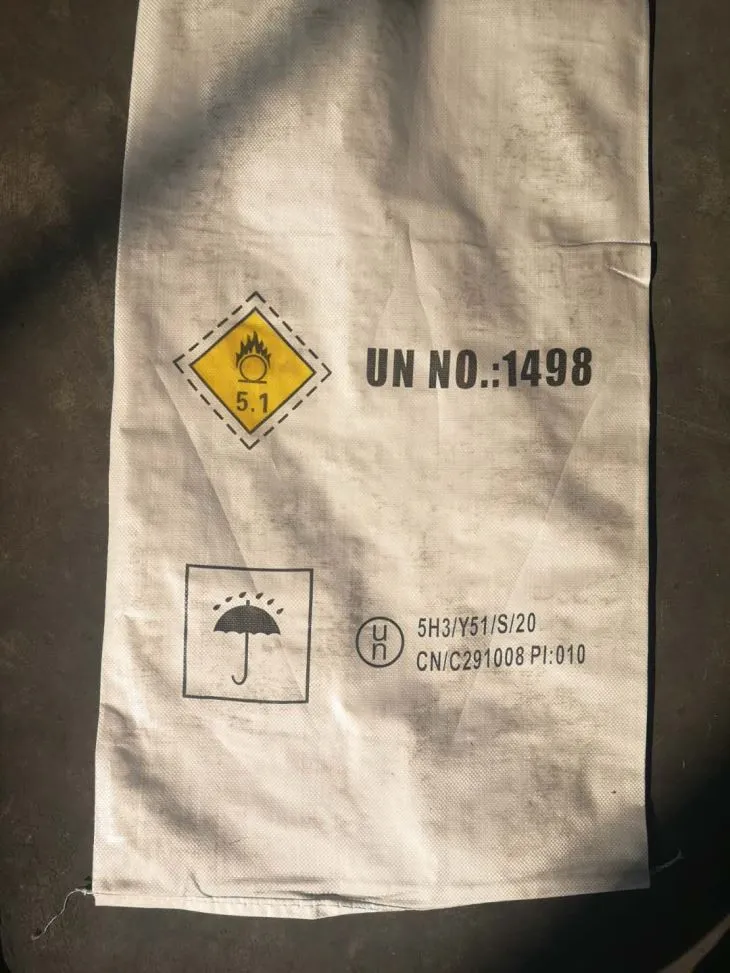



Standardization Techniques for Sodium Hydroxide Solutions in Laboratory Settings
Standardising Sodium Hydroxide A Vital Process in Analytical Chemistry
Sodium hydroxide (NaOH), commonly known as caustic soda or lye, is a crucial reagent widely used in various fields, including chemistry, manufacturing, and food processing. One of the essential procedures in analytical chemistry is the standardization of sodium hydroxide solutions. This process is vital for ensuring the accuracy and reliability of titration experiments and other quantitative analyses.
Importance of Standardisation
Standardisation refers to the process of determining the exact concentration of a solution. For sodium hydroxide, which is typically purchased in a concentrated form, standardization is essential because its concentration can change due to factors such as moisture absorption from the air or variations in density. Accurate concentration is critical when NaOH is used as a titrant in acid-base reactions, where precise stoichiometric calculations are required.
The standardization process often involves titrating the sodium hydroxide solution against a primary standard, a highly pure substance that is stable and has a known concentration. Common primary standards for sodium hydroxide include potassium hydrogen phthalate (KHP), sodium carbonate, and benzoic acid. These compounds possess specific properties that make them suitable for this purpose, including non-hygroscopic nature, stability over time, and well-defined reactivity.
Procedure for Standardisation
The standardisation of sodium hydroxide typically follows a systematic approach
. Here is a general outline of the procedure1. Preparation of Sodium Hydroxide Solution A dilute NaOH solution is prepared by dissolving a measured amount of solid NaOH in distilled water. The concentration of the solution should be approximately known, although exact values may not be critical at this stage.
2. Preparation of Primary Standard Solution A specific mass of potassium hydrogen phthalate (KHP) is accurately weighed and dissolved in distilled water to create a solution of known concentration. The molecular weight of KHP (204.22 g/mol) is used to determine the concentration of the solution.
standardising sodium hydroxide

3. Titration Process The NaOH solution is titrated against the KHP solution using a burette. A suitable indicator, such as phenolphthalein, is added to the KHP solution to signal the endpoint of the titration. Phenolphthalein changes color from colorless to pink as the solution shifts from acidic to slightly basic.
4. Calculating the Concentration The volume of NaOH solution dispensed from the burette is recorded at the endpoint of the titration. Using the stoichiometry of the reaction between NaOH and KHP, the exact concentration of the NaOH solution can be calculated. The equation for the reaction is as follows
\[ \text{KHP} + \text{NaOH} \rightarrow \text{NaKP} + \text{H}_2\text{O} \]
This 11 molar reaction allows for straightforward calculations to determine the concentration of the NaOH solution based on the amount of KHP used.
Applications of Standardised NaOH
Once standardized, sodium hydroxide has a myriad of applications. It is extensively used in titrations to analyze acidic substances in industries ranging from pharmaceuticals to food production. Accurately standardized NaOH is critical for determining the concentration of acids in various products, ensuring compliance with safety and quality standards.
Moreover, standardized NaOH plays an essential role in laboratory settings for pH adjustments, where precise measurements are crucial for achieving desired pH levels in chemical formulations or biochemical assays.
Conclusion
Standardising sodium hydroxide is a fundamental practice in analytical chemistry that ensures the accuracy and reliability of chemical analyses. By employing a primary standard and following a precise titration procedure, chemists can confidently utilize NaOH in various applications. As industries increasingly rely on accurate analytical techniques, the importance of standardised solutions like sodium hydroxide cannot be overstated. Through rigorous standardisation protocols, scientists can guarantee that their results are both valid and dependable, contributing to advancements in research and development across multiple fields.
-
Why Sodium Persulfate Is Everywhere NowNewsJul.07,2025
-
Why Polyacrylamide Is in High DemandNewsJul.07,2025
-
Understanding Paint Chemicals and Their ApplicationsNewsJul.07,2025
-
Smart Use Of Mining ChemicalsNewsJul.07,2025
-
Practical Uses of Potassium MonopersulfateNewsJul.07,2025
-
Agrochemicals In Real FarmingNewsJul.07,2025
-
Sodium Chlorite Hot UsesNewsJul.01,2025










